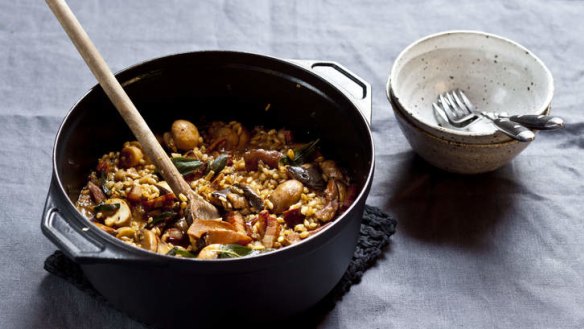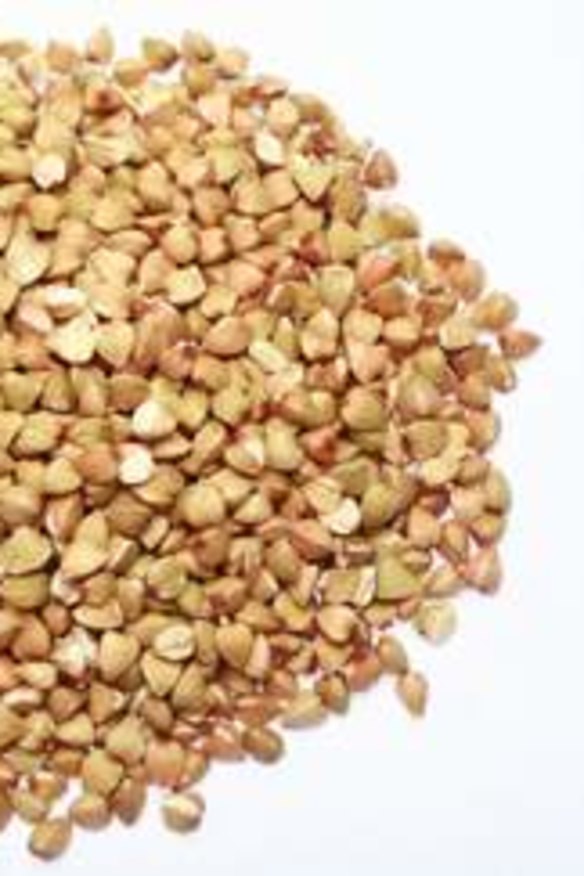Five of a kind: Alternative grains
Alternative grains cross cultural and dietary barriers, bringing flavour and texture to cooking's daily grind.

Buckwheat
Buckwheat might sound like a cousin of wheat, but its closest relatives are actually rhubarb and sorrel. Its pyramid-shaped kernels aren't even grains, but are actually seeds. Buckwheat is gluten-free and is a particularly good source of magnesium. Look for roasted buckwheat, or kasza, in Polish or Russian delis, which can form the basis of a rich, nutty pilaf. Or try Loving Earth's ''buckinis'' - crunchy, dehydrated buckwheat kernels that are a nutritious addition to homemade muesli.
Quinoa

In the 1500s, Spanish conquistadors in South America tried to ban the production of quinoa due to its revered status among the local populations. This grain-like seed has gone on to be celebrated by not only the Incas, but by many health-conscious consumers in the Western world as well. The fuss comes from its status as a complete protein, whereas other grains need to be combined to get the full amino acid profile. Try quinoa in a warm salad with roasted sweet potato, orange juice and feta.
- Quinoa salad with crispy roast pumpkin and hazelnuts
- Baked portobello mushrooms topped with quinoa and feta
- Quinoa, red rice and black lentil salad with spicy cauliflower
Sorghum
Sorghum is one of the most widely grown grains worldwide but is relatively unknown in the West. Nutritionally, it is similar to wheat but is gluten-free. In Australia, sorghum flour is used in Ethiopian bakeries to substitute for traditional grain teff, which is difficult to source. While some gluten-free flours such as buckwheat or chickpea are strongly flavoured, sorghum has a comparatively mild taste, making it ideal for gluten-free baking. Find it at African and Indian grocers.
Barley
Barley is one of the world's most ancient cultivated grains and was a staple crop of the ancient Greeks and Egyptians. Today, most of the global harvest is used to make beer and whisky or for animal feed, but barley remains a nutritious and versatile grain. Like oat bran, barley bran is high in beta-glucan, a substance that has been proven to lower cholesterol. Soups and stews are made hearty with a handful of barley, or experiment with risotto made with barley instead of rice.
Farro
Farro is an ancient cousin of wheat and spelt, and was an important part of the ancient Etruscan diet. It is slightly sweet in flavour, and compared with lighter grains such as rice or burghul, its chewy texture means it is particularly satisfying. Farro has never gone out of style in Tuscany, where it is cooked in a vegetable soup with cannellini beans. Farro is also delicious in a warm salad with cooked beetroot, goat's cheese and mint.
The best recipes from Australia's leading chefs straight to your inbox.
Sign up